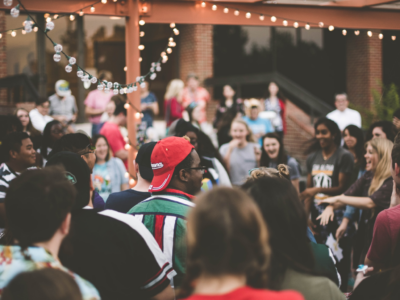Living away from home for the first time proves difficult. Tiny shared spaces, communal showers, lack of support system—all these parts of the dorm life take some getting used to! As an RA, your job includes easing the transition for your residents and making their dorm a home away from home. This responsibility can seem daunting, but don’t fret!
Check out this list of tips and tricks to ensure an amazing dorm experience for both you and your residents!
1. Create name tags for your residents’ doors.
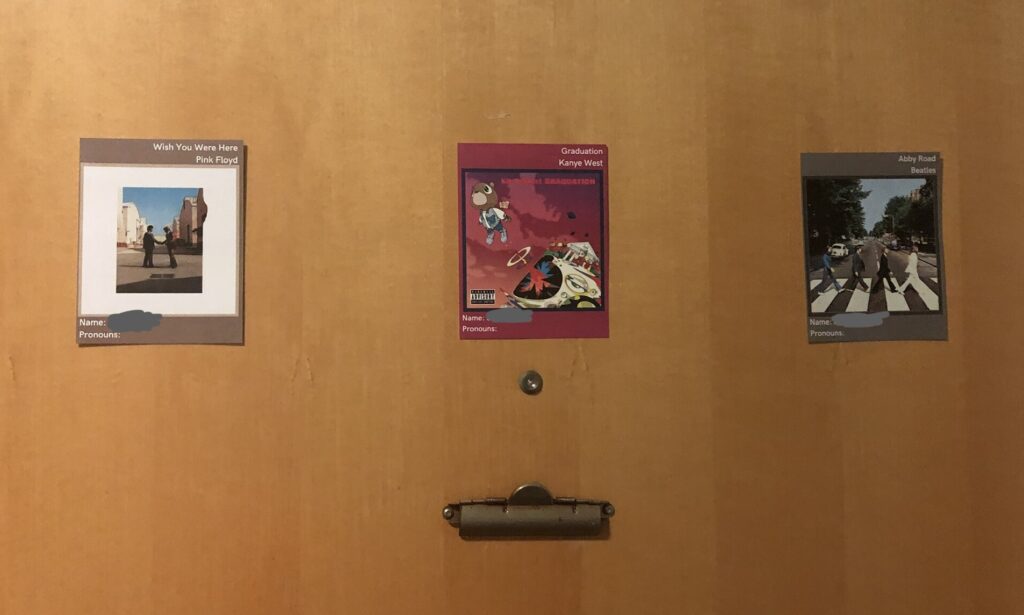
This step might seem kind of silly, but it gets the ball rolling for residents to get to know one another. Picture it: freshmen year, new environment, new living situation and you don’t know a single person at your new home for the next four years. You’ve been looking forward to meeting people, but where do you even start? Cue name tags—the easiest introduction known to man. Natanya Koshy, third year at Ohio State University, really appreciated this effort from her freshman year RA.
“I’m an out-of-state student, so I literally knew no one in my first year. It was a relief when I saw a girl across the hall was also from California. It gave us some common ground and I had someone who understood what it was like to move across the country for school,” Koshy said.
Including small photos or themes for the name cards can spice things up too. For example, a movie theme can include some of the RA’s favorite movies on the name tags in addition to the residents’ names and hometowns. Pick about six or seven different variations of your theme (different movies, albums, TV shows, etc.) to provide some variety for each room. These themes give something for the residents to talk about. Many residents will find common ground in either their mutual like or dislike of your choices, allowing a conversation to go further than just name, major and year.
2. Posters

Dorms can often use some decor. From identical furnishings, to beige walls, to empty hallways, most dorms just try to accommodate as many people as possible without taking style or comfort into account. None of these attributes create a comfortable, homey environment for your residents. But you can! Posters, for instance, can really liven up the hallways. Make sure to decorate before your residents move in, and continue to rotate your art throughout the school year so they stay up to date. These posters can range from promoting hall events to simple welcome messages. The only limit? Your own creativity!
3. Knock on doors and talk with your residents.

Putting a face to a name helps residents feel comfortable talking to their RA. This simple introduction can make such a big difference and shows residents that their RA will make an effort to reach out and initiate a relationship. Start by giving your name, major, year and hometown. Many of your residents will find similarities with you from those, whether they share the same major or a neighboring hometown. This gives them an opening to talk with you and some common ground.
4. Creating a means of communication.

Communicating with your residents to ensure they feel supported in their environment constitutes a huge part of your job as an RA. Creating a group chat can help with sending out information about events, letting residents chat with one another and providing a direct link to you. Residents can complain together about the quirks of their dorm, something only they will understand. If anything goes wrong, you’ll be the first to know! Some great apps for these messaging channels include GroupMe and Discord, which allow some degree of privacy, as they do not share phone numbers and social media profiles with users.
5. Create a community with other buildings.
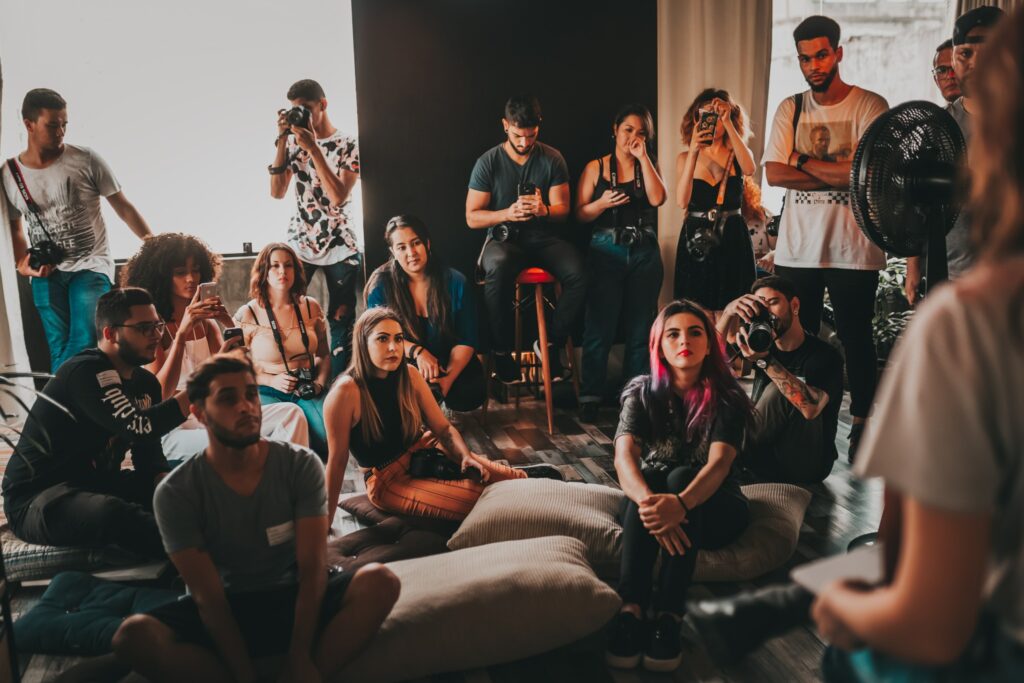
Many times, different living communities seem completely separate from one another. For example, if different houses or buildings comprise a single dorm, many students in the different buildings may not get to interact much with one another. Creating a community with other dorms can both strengthen your residents’ relationships with those in different buildings as well as allow them to create a unique identity about their own building. You can encourage this through competitions, socials and other meetings held between buildings. Shared group chats with the larger dorm community make communication about dorm-wide events much easier.
6. Weekly emails

Sending out a formal weekly email serves as another way of establishing a means of communication. This creates a way to let your residents know about events going on both in their building or around campus in general. Reach out to clubs and organizations around campus to see what events they plan for the week to send to your residents. Spreading the word about these events helps both your residents and the organization. Clubs always look to raise attendance at their meetings and this exposes residents to more events and organizations to join.
“One of the more challenging parts [of being an RA] is connecting the community, which is difficult because everyone is so different,” said Mark Metrovich, UCSB third year and my very own RA.
Reaching such a large group creates difficulties, so Mark sends out a weekly email to our building. It usually contains a little check-in, campus happenings and an album of the week, which personalizes the email. This allows him to remain accessible (and relatable) to residents. It reminds them that his job includes acting as a resource to help them acclimate to university life. Even in a newsletter where residents don’t necessarily respond, keeping them in the loop ensures that they feel part of the community.
7. Having office hours

If the line between work and home life becomes blurry, a problem many RAs face, hosting office hours serves as a solution. Designating a certain meeting time creates a work-life balance. Doing so lets residents know your availability and when you can talk. Having a one-on-one time and place allows students to come forward with private matters they may not feel comfortable texting or talking about in a group setting. This reduces RA burnout and lets students know they live in a safe space to come forward with whatever issues they may experience.
8. Collaborative Playlists

Create a collaborative playlist for residents to share a bit about themselves while learning about others and contributing to a fun group environment. Music opens a conversation—students can find similarities or learn about new artists. This playlist can serve as the background music at events, ensuring people all get a say in what they listen to. Who knows—maybe you’ll find a new favorite! Spotify features a user-friendly interface, making it a great platform for collaborative playlists.
9. Exploring campus with your residents
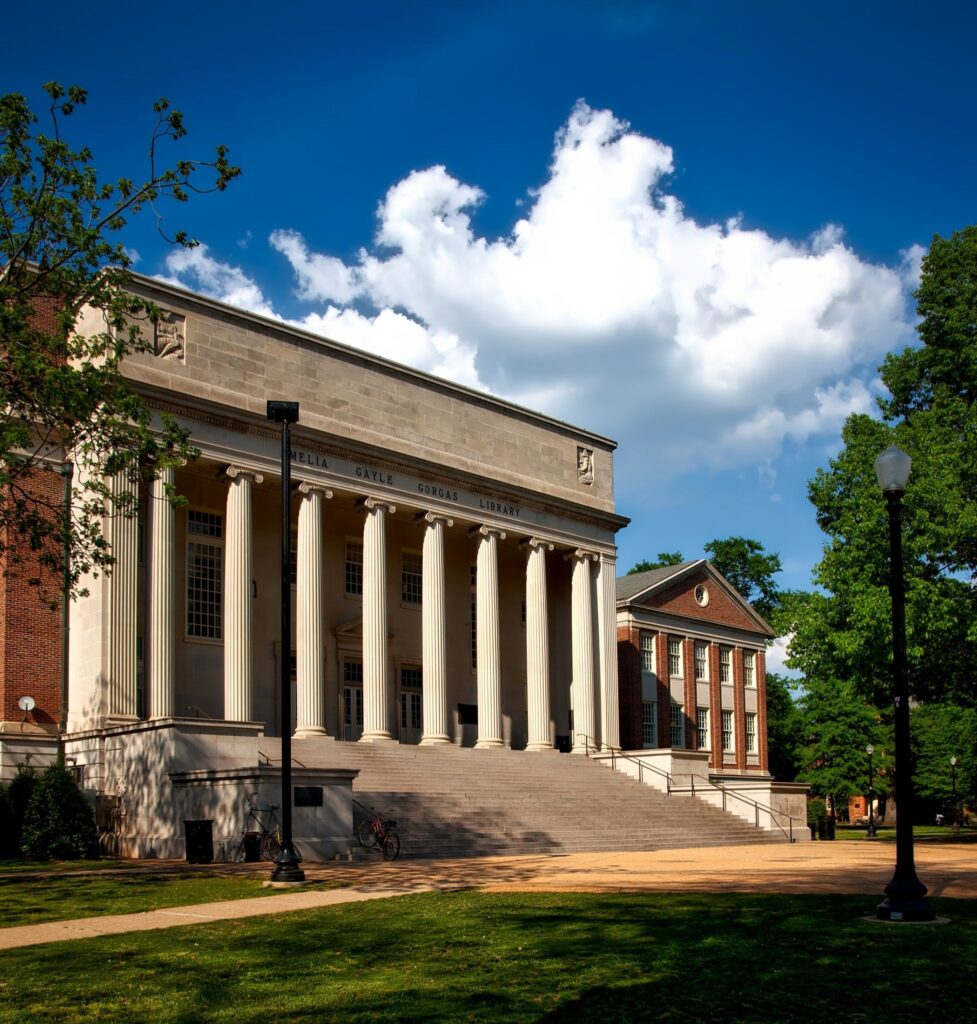
Many first-year students don’t know their way around campus. They find their new environment intimidating and overwhelming, struggling to find their way around. Most campuses also offer a ton of resources or underutilized areas, perfect for events! Your school wants you to make use of your entire campus, and you can pass down your favorite (underrated) haunts as well. This way, new students can learn a bit about their new campus while also meeting people in their building.
10. Hosting Awesome Events!
Hosting events creates an opportunity for your residents to get to know one another and feel at home. Many first-year students come in knowing absolutely no one, relying on their dorms and apartments to make friends. Meeting people often proves difficult, especially when every other aspect of a resident’s life has deviated from their norm. Sometimes they need a little push to start socializing and having an RA who hosts the best events on campus can really help. With so many different ways to go about this, here you’ll find some engaging ideas to let your residents mingle.
Karaoke

This comes from a place of bias, as I love going to karaoke with my friends, but karaoke proves such a good way to get people out of their comfort zones. With that said, the RA needs to step up and sing if an awkward silence comes up, but hey, more mic time for you! Karaoke stimulates discussion about music and gets people up and dancing—an awesome environment to make friends. Engage your residents with their favorite songs, concerts they attended or performances of the night. All you need to do: reserve a common room in your dorm or around campus, bring your computer and an HDMI cable and rent a mic—after that you can sing your heart out!
Bob Ross Night

Buy some paint, canvases, snacks and a wig for yourself and you got a Bob Ross paint night. Put on an episode for people to follow along if they want and offer helpful advice on their work (in your best Bob Ross impersonation, of course). Through Bob Ross’s calm guidance and residents’ eventual paint mishaps, the creation of memories will ensue. This chill environment combined with the time-consuming aspect of painting something allows residents to get to know one another in a low-stakes environment. Who knows, you could discover the next Picasso!
Holiday Hangouts
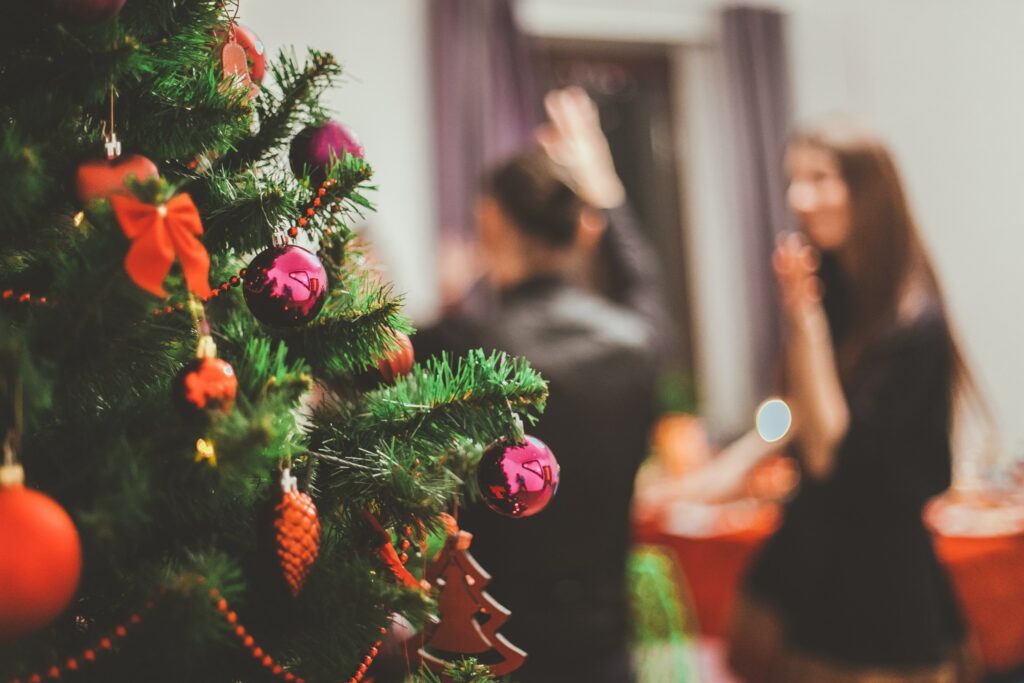
Spending the holidays away from your family for the first time can make residents lonely. Luckily for them, you can bring the holiday spirit. Whether you host a joint Christmas and Hanukkah get together, a Lunar New Year celebration or a Nowruz (Persian New Year) party, recognizing your residents’ cultures and helping them celebrate away from home helps facilitate community. You can reach out to cultural organizations, see their plans for cultural celebrations and either take inspiration from them or promote their events to your residents. Don’t fear researching events that you may not feel familiar with. You may end up learning something along the way!
Game Night
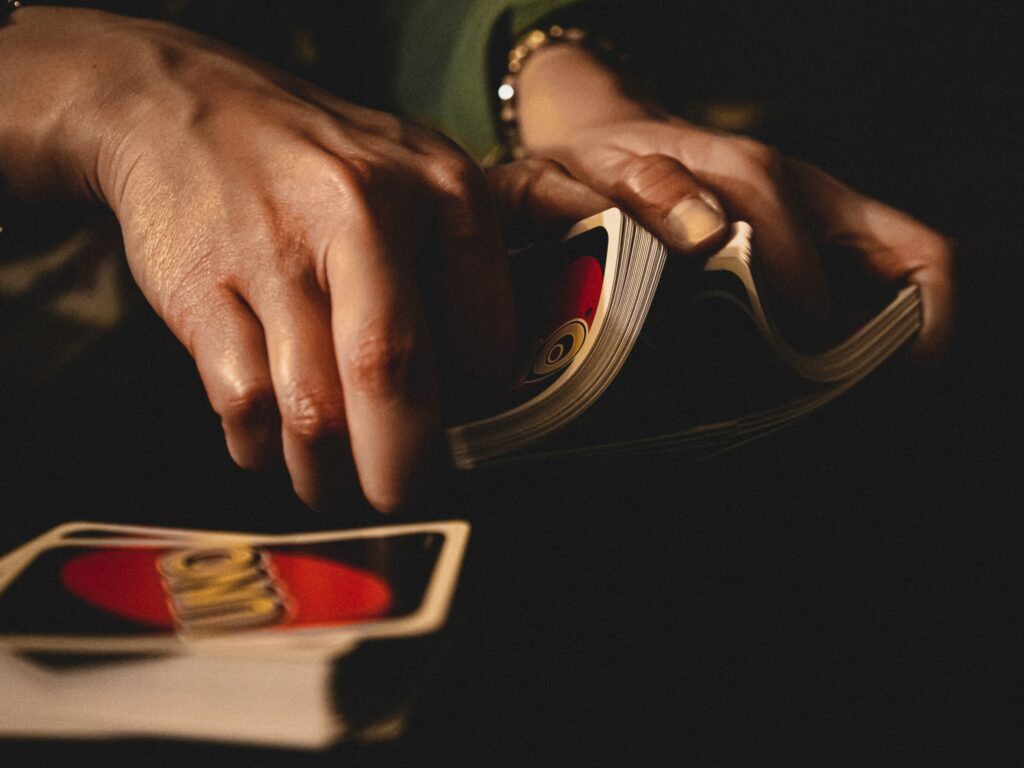
An underrated classic: game nights. Your dorm’s community room or front desk probably has some board games lying around, but if they don’t, a couple decks of cards will work just fine! Bring out your residents’ competitive spirits and tell them about games you played growing up. Try to stay away from grouping friends or roommates together in team games and instead pair people who don’t interact much. Ask your residents to bring any games they brought from home to get conversations started around their favorites.
Finals Study Session

Finals, a.k.a the most chaotic time of the year. Allowing your residents a place to study among their peers during the busiest season of the semester creates the perfect mix of work and play. Every so often, you can hold a sanctioned study break so your residents can take a breather and complain to other residents around them. By bringing in other RAs and their students, you can even create a network of homework helpers. This allows people to get feedback in their weak subjects and potentially meet people in their classes.
“After the first finals study session, we all swapped numbers and met up to do our chemistry homework together,” said UCSB second year Bella Genolio, who found a whole study group from one of these study sessions. “It was so nice to have people in my building I knew I could reach out to if I needed help with homework or wanted to study with.”
Now, your residents created a community of people both in their building and in their classes. Some may swap information and create study or tutoring groups. College classes often lack the community aspect of many high school classes. Instead of knowing everyone in class, residents may find themselves in classrooms with hundreds of other students. Study groups allow them to find their footing and not only adjust to new classroom sizes and expectations, but also make friends in their building.

